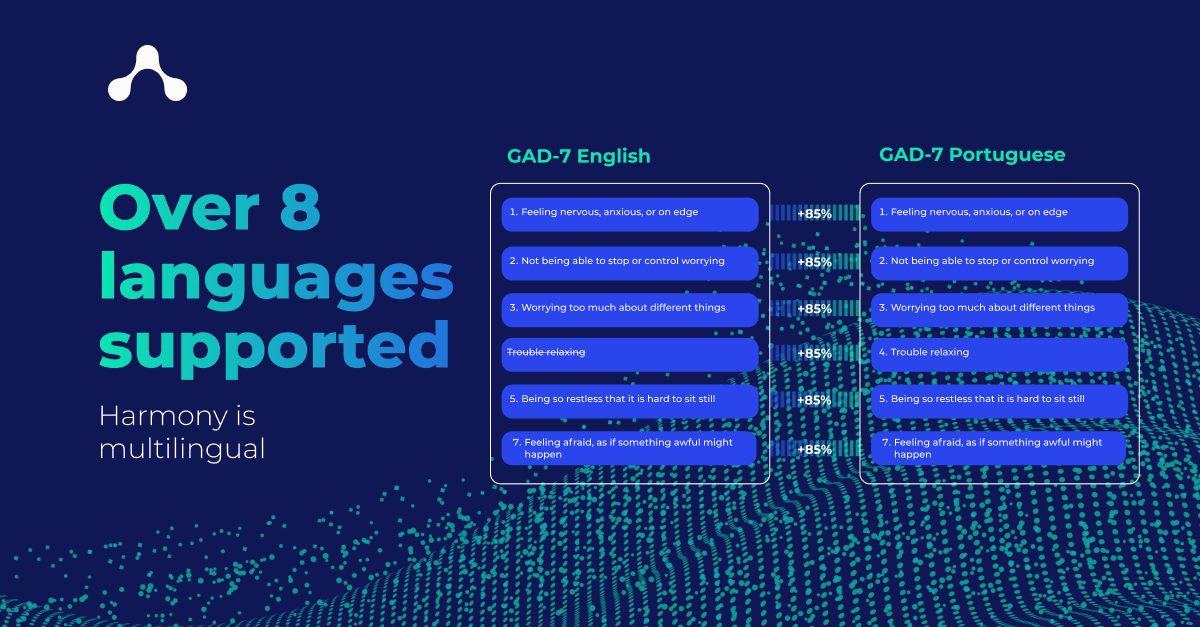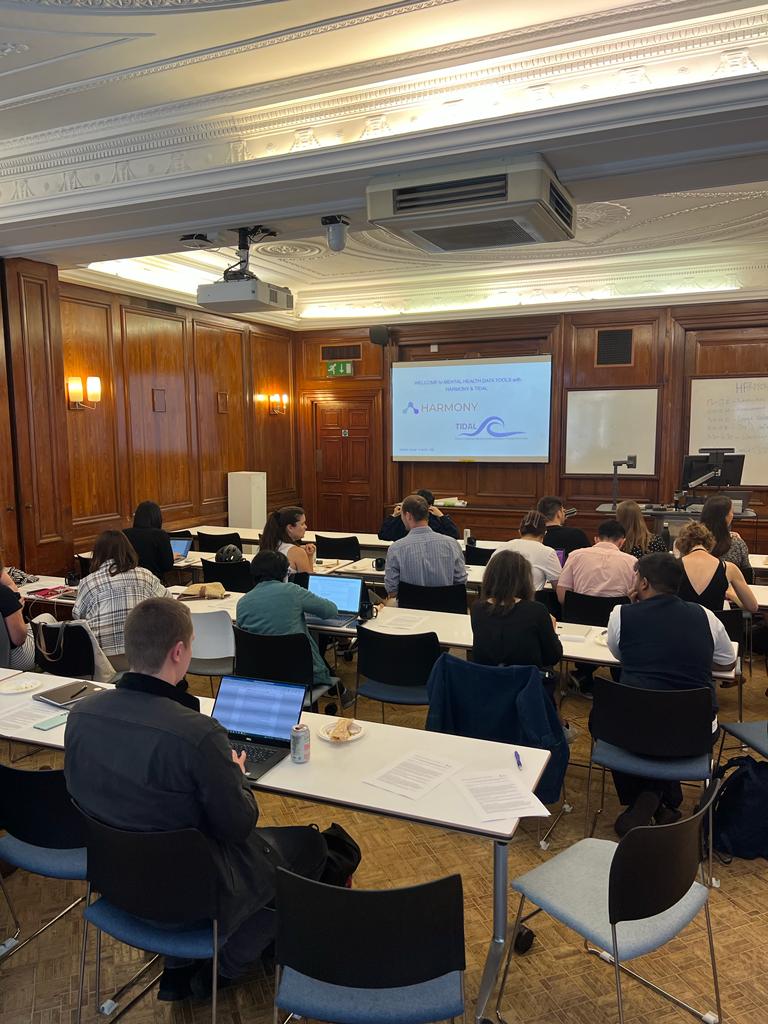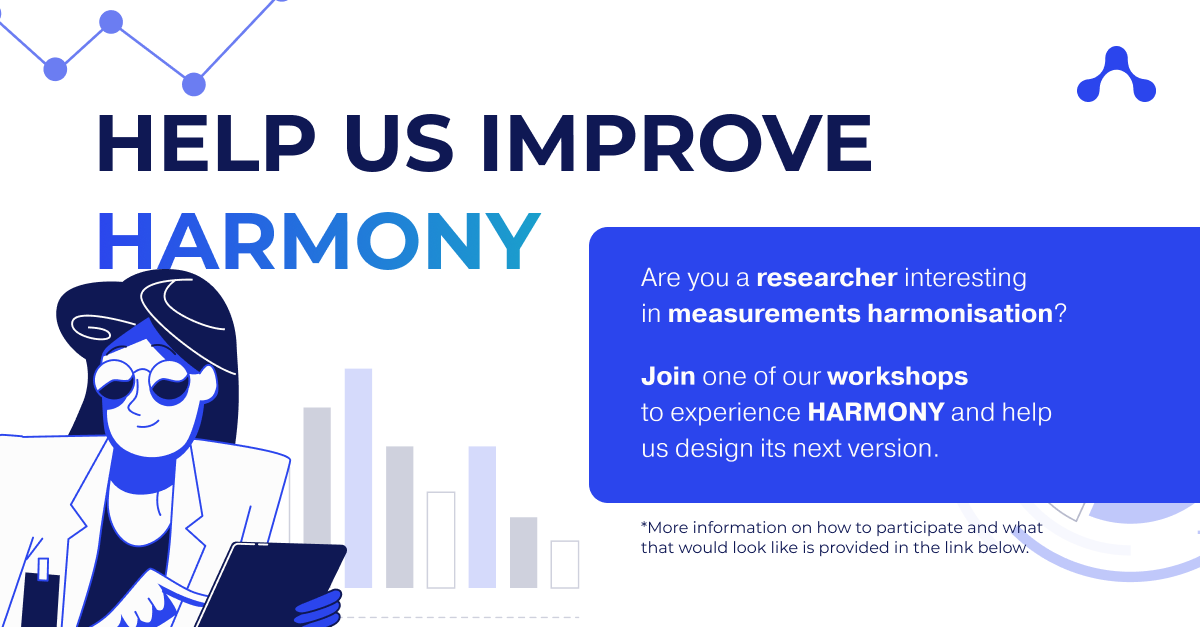Harmony News

Привет Гармония! 哈莫尼可以让中英文和谐! שלום הרמוני Harmony peut aussi harmoniser les instruments en français. We’re happy to share some exciting news with you. Harmony now supports at least 8 languages: Portuguese, French, German, Spanish, Russian, Chinese, and Hebrew. This means that you can use Harmony to compare and harmonise questionnaire data across studies that are written in different languages. I evaluated Harmony’s ability to match the GAD-7 in 11 languages to the English version.

On Thursday, August 17th, 2023, the Harmony and TIDAL teams teamed up to run a workshop at University College London to allow researchers to try out their software tools. The workshop was attended by researchers interested in using these tools to study child and adolescent mental health, and other areas in social science research, from the effects of gambling addiction to asking questions about nature vs nurture in twin studies.

Here’s a quick start guide to running Harmony, an open source tool for social science research. These instructions are for the complete version of Harmony including the graphical browser-based tool which is available online at https://harmonydata.ac.uk/app/. If you only need the Python or R libraries, or the REST API, please refer to our Github page. You will need to first download and install a couple of programs that Harmony needs to run.

We are running workshops to test Harmony so that we can plan future development – see the signup link here.

We are pleased to announce that the Harmony REST API is now released. The source code (open source under MIT License) is at https://github.com/harmonydata/harmonyapi and the API reference PDF can be seen at https://github.com/harmonydata/harmonyapi/blob/main/docs/API_reference.pdf. Meanwhile, you can install and run Harmony Python library with pip install harmonydata How does Harmony work in layman’s terms? Harmony compares questions from different instruments by converting them to a vector representation and calculating their similarity.

Many psychologists believe that mental illnesses can vary across cultures. In 1904, Emil Kraepelin initiated the field of comparative psychiatry after studying mental health disorders in Java, writing that “Die Eigenart eines Volkes wird auch in der Häufigkeit und klinischen Gestaltung seiner Geistesstörungen zum Ausdruck kommen,” meaning “The peculiarity of a people[ethnic group] will also be expressed in the frequency and clinical form of its mental disorders.”[1] More than a century later, the emergence of global mental health research projects has opened a number of debates about the applicability of psychiatric categories to different cultural settings, such as those in the Diagnostic and Statistical Manual of Mental Disorders (DSM) series[2].